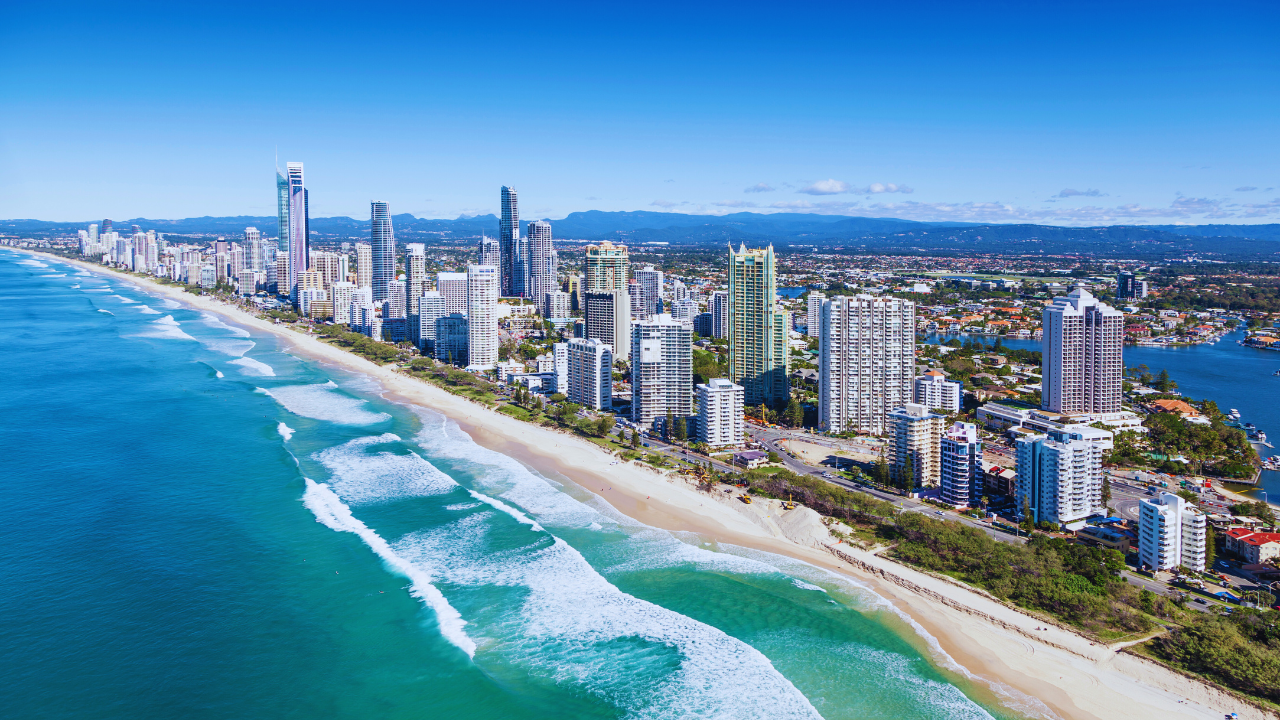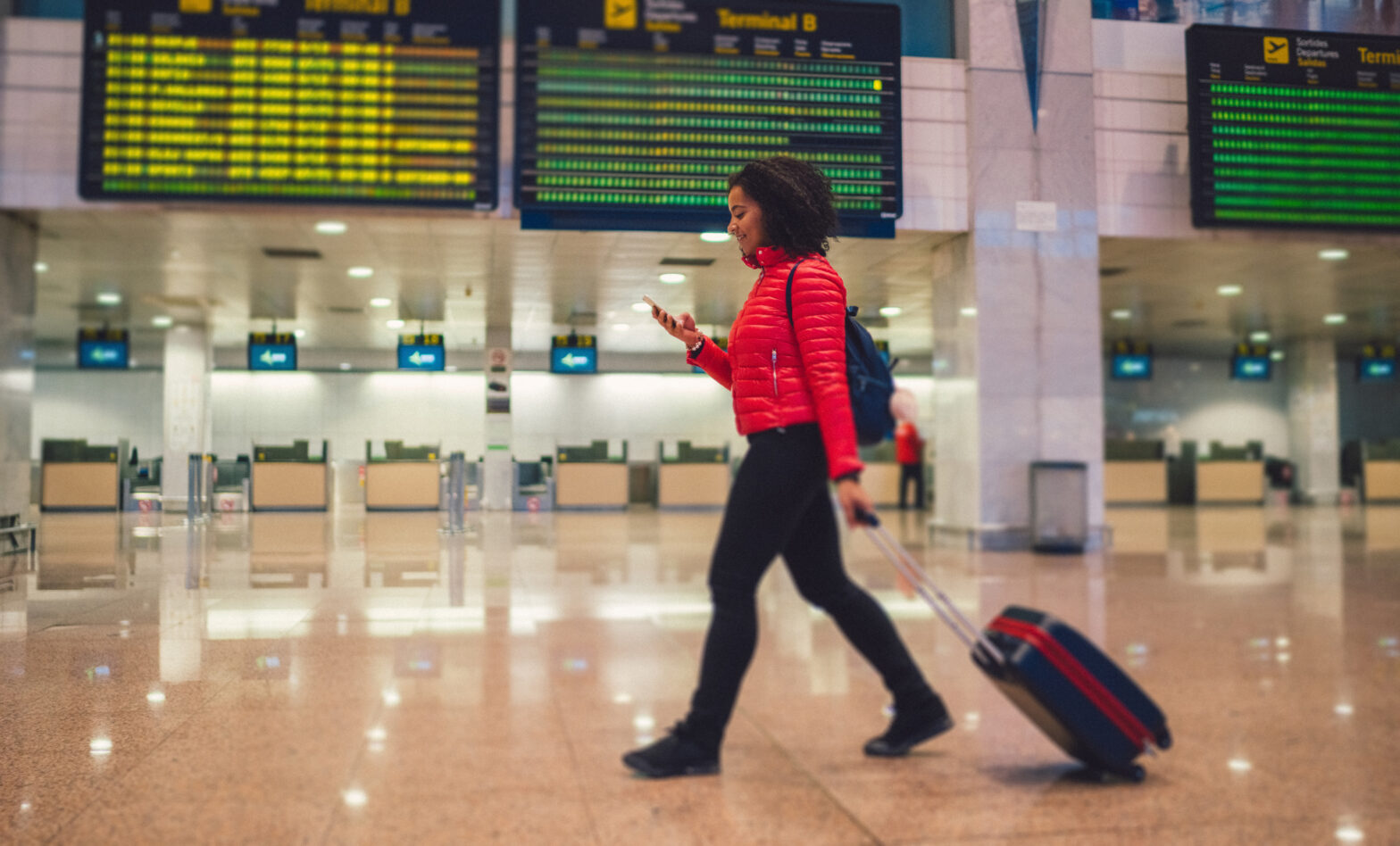I’ve been living a plant-based lifestyle over the past two years, and during that time I have learned a lot of recipes and substitutes for meat and dairy. However, these options are not always readily available for me when traveling, so I have learned to find options within my diet while still immersing myself within the food culture of the places where I visit. That being said, here’s how I find food options for vegan and vegetarian diets while traveling.
According to The Travel Channel, you can use this vegan passport guide from The Vegan Society, which provides one-page descriptions of what vegans can and can’t eat in almost 80 languages. If you lack the foreign vocabulary to explain and describe your dietary restrictions to a server or kitchen, you can use the guide to speak on your behalf.
Another resource is The HappyCow app, which was founded in 1999 for vegans and vegetarians to find dining options and veggie-friendly accommodations within their local areas.
I have used it to find options around me whenever I travel, and it helps a lot. Also, since most vegetarians and vegans are accustomed to being on the lookout for animal-based products, it would be helpful to learn local terms for butter and chicken or fish broth when traveling abroad.

You should also consider learning about non-vegetarian ingredients that can sneak into “non-meat” dishes, such as fish sauces, anchovy paste, lard, gelatin and animal rennet (an enzyme found in calves’ stomachs which is used in most artisanal cheeses, especially in Europe).
You can use apps like Google and Apple Translate to communicate this and explain this information.
Doing your research beforehand can also help make the experience of fine dining abroad easier. Through the help of local vegetarian and vegan Facebook and Meetup groups, as well as Yelp and Eater reviews, vegans and vegetarians can use the information found to navigate local eateries in a productive and efficient manner.
Also be proactive in packing snacks for yourself before arriving at your destination, with travel-friendly items such as protein bars, energy bites, trail mix, granola, nut butters and dried fruit can help you save time and money.
Lastly, make sure that you communicate on your flight your dietary restrictions. Many airlines provide meals for passengers who are vegans and vegetarians on long distance flights which can be ordered with the purchase of tickets, but for some it must be requested directly while on the flight, so be prepared to do so.





